Home>diy>Architecture & Design>How To Choose The Colors For My House


Architecture & Design
How To Choose The Colors For My House
Modified: January 22, 2024
Discover the best color palette for your house with expert architecture design tips. Make your home stand out with the perfect blend of colors.
(Many of the links in this article redirect to a specific reviewed product. Your purchase of these products through affiliate links helps to generate commission for Storables.com, at no extra cost. Learn more)
Introduction
Choosing the colors for your house is one of the most important design decisions you will make. The colors you select can greatly impact the overall ambiance and style of your space. Whether you are painting the walls, selecting furniture, or deciding on decor, knowing how to choose the right colors can help you create a harmonious and visually pleasing environment.
But with so many colors and combinations to choose from, it can feel overwhelming. Where do you even begin? In this article, we will guide you through the process of selecting colors for your house. From understanding color psychology to testing colors in your space, we will provide you with the insights and tips you need to confidently make your color choices.
So, let’s dive in and explore the world of color!
Key Takeaways:
- Understand color psychology to evoke the right emotions in each room. Consider natural lighting, size, and layout to enhance the overall atmosphere and create a harmonious living space.
- Explore different color schemes, test colors in the actual space, and seek professional advice to ensure confident and informed color choices that reflect your personal style and create a beautiful living environment.
Understanding Color Psychology
Color psychology is the study of how colors can affect our emotions, moods, and behavior. Different colors have the power to evoke certain feelings and create specific impressions. Understanding color psychology can help you choose colors that align with the atmosphere you want to create in your house.
Here are some commonly associated emotions and impressions with different colors:
- Red: Red is a bold and energetic color that can evoke feelings of passion, power, and excitement. It is often used as an accent color to stimulate the senses.
- Blue: Blue is a calm and serene color that is often associated with tranquility, trust, and stability. It is a popular choice for bedrooms and bathrooms.
- Yellow: Yellow is a cheerful and uplifting color that can bring warmth and happiness to a space. It is often used in kitchens and living areas to create a sense of positivity.
- Green: Green is a refreshing and soothing color that is often associated with nature and relaxation. It can create a sense of balance and harmony in a space.
- Purple: Purple is a luxurious and mysterious color that can evoke a sense of creativity and spirituality. It is often used in bedrooms and meditation spaces.
- Orange: Orange is a vibrant and energetic color that can create a sense of enthusiasm and excitement. It is often used in spaces where socializing and entertainment take place.
Keep in mind that color associations can vary depending on cultural and personal experiences. It’s important to consider your own preferences and the purpose of the space when selecting colors.
Next, let’s move on to the practical considerations of choosing colors for your house.
Assessing Natural Lighting
One crucial factor to consider when choosing colors for your house is the natural lighting in each room. Natural light can greatly influence how colors appear and feel in a space. Therefore, it’s important to assess the amount of natural light in each room before making color decisions. Here are a few tips to help you with this:
- Observe the Direction of Light: Take note of how the light enters the room. Is it predominantly from the north, south, east, or west? North-facing rooms tend to have cooler lighting, while southern-facing rooms receive warm, direct light throughout the day.
- Consider the Intensity of Light: Pay attention to how bright or dim the natural light is in each room at different times of the day. Some rooms may receive ample sunlight, while others might have limited natural light.
- Notice Shadows: Examine how shadows form and move throughout the day. Shadows can affect how colors appear on walls or objects, so it’s important to consider their presence when selecting colors.
Based on your observations, you can choose colors that will complement and enhance the natural lighting in each room:
- Brighten Dark Rooms: If a room receives minimal natural light, consider using lighter colors to create a sense of brightness and openness. Light and neutral shades can help reflect and amplify the available light.
- Balance Warm or Cool Tones: If a room has intense natural lighting, consider the color temperature of the light. Warm lighting pairs well with earthy tones, while cool lighting complements blue or gray hues.
- Avoid Overwhelming Brightness: Be cautious with highly reflective colors, such as pure white or intense yellows, in rooms with abundant natural light. They can create a glare or wash out the space.
By considering the natural lighting in each room, you can choose colors that will enhance the overall atmosphere and make the most of the available light.
Next, we will explore how the size and layout of a space can influence color choices.
Considering the Size and Layout of the Space
When choosing colors for your house, it’s important to take into consideration the size and layout of each room. Colors have the power to visually alter the perception of space, making it look larger or smaller. Here are some considerations to keep in mind:
- Expanding Small Spaces: If you have a small room that you want to appear larger, opt for lighter colors such as whites, pastels, or light neutrals. These hues reflect more light and create an illusion of openness and spaciousness.
- Adding Depth to Large Spaces: In contrast, if you have a large open space that feels too expansive, you can use darker or warmer colors to create a more cozy and intimate atmosphere. Deep blues, rich browns, or warm earth tones can make the space feel more inviting.
- Emphasizing Architectural Features: Consider using contrasting colors to highlight architectural features in a room. For example, painting a feature wall in a different shade can draw attention to a fireplace or an interesting alcove.
- Creating Visual Flow: If your house has an open floor plan, consider using a consistent color palette throughout the different areas to create a sense of flow and unity. This can help connect the spaces visually and create a cohesive design.
Furthermore, the layout of the space can also influence color choices. Here are a few tips to consider:
- Function of the Space: Consider the purpose and function of each room when selecting colors. For example, calming and relaxing colors may be more suitable for bedrooms, while energizing colors may work well in a home office or playroom.
- Visual Balance: If a room has an asymmetrical layout, using lighter or brighter colors on the larger side can help create a visual balance. Similarly, using darker or more saturated colors on the smaller side can create a sense of depth and equilibrium.
- Consider Connecting Spaces: If rooms are connected or visible from one another, consider how the colors will flow and complement each other. Harmonious color transitions can create a cohesive and visually pleasing experience as you move from one space to another.
By taking the size and layout of your space into account, you can choose colors that enhance the visual appeal and create a harmonious atmosphere.
Next, let’s discuss different color schemes that you can explore for your house.
Exploring Different Color Schemes
When choosing colors for your house, it’s crucial to consider the overall color scheme you want to achieve. A color scheme refers to the combination of colors that will be used throughout the space to create a cohesive and visually pleasing look. Here are a few popular color schemes to explore:
- Monochromatic: A monochromatic color scheme involves using different shades and tones of a single color. This creates a harmonious and sophisticated look while maintaining a sense of simplicity.
- Analogous: An analogous color scheme involves selecting colors that are adjacent to each other on the color wheel. This creates a harmonious and cohesive look, with variations in hue and intensity.
- Complementary: A complementary color scheme involves using colors that are opposite each other on the color wheel. This creates a high-contrast and dynamic look, perfect for creating focal points and visual interest.
- Triadic: A triadic color scheme involves choosing three colors that are evenly spaced on the color wheel. This creates a vibrant and balanced look, with each color having equal visual weight.
- Neutral: A neutral color scheme involves using shades of white, gray, beige, or brown. This creates a calm and timeless look, allowing for the introduction of colors through furnishings and accessories.
When exploring different color schemes, consider the mood and atmosphere you want to achieve in each room. For example, a monochromatic scheme with varying shades of blue can create a serene and soothing ambiance in a bedroom, while a complementary scheme with shades of purple and yellow can bring vibrancy to a living room.
It’s also important to strike a balance between bold and neutral colors. Use bold colors as accent pieces or in smaller doses, while incorporating neutral colors as the base of your color scheme. This will help create a visually balanced and harmonious space.
Now that you have an understanding of various color schemes, let’s move on to selecting a main color palette for your house.
Consider the style of your house and the surrounding environment when choosing colors. Use a color wheel to create a harmonious palette, and test samples in different lighting conditions before making a final decision.
Selecting a Main Color Palette
Choosing a main color palette is a fundamental step in the process of selecting colors for your house. The main color palette will serve as the foundation and anchor for the overall design scheme, tying together the different rooms and creating a cohesive look. Here are some steps to help you select a main color palette:
- Consider Your Personal Style: Think about your personal style and the overall aesthetic you want to achieve in your house. Do you prefer a clean and minimalistic look, or are you drawn to bold and vibrant colors? Consider your preferences and choose a color palette that resonates with your style.
- Look for Inspiration: Collect inspiration from various sources such as interior design magazines, websites, and social media platforms. Explore different color combinations that catch your eye and create a mood board or Pinterest board to visualize the overall look and feel.
- Consider the Architecture: Take into account the architectural elements of your house, such as the flooring, fixtures, and any existing woodwork or stone features. Choose colors that complement and enhance these elements, creating a harmonious balance between the colors and the architecture.
- Think About Longevity: Consider the longevity of your chosen color palette. Will you still love those colors five or ten years from now? Opt for timeless colors that can withstand changing trends and stand the test of time.
- Sample Swatches: Once you have narrowed down your options, obtain paint swatches or samples of the colors you are considering. Place them in different rooms and observe how they look in different lighting conditions. Pay attention to how the colors interact with each other and the overall vibe they create.
Remember that selecting a main color palette does not mean that every room has to be painted in the same color. It serves as a guide to ensure a cohesive and harmonious flow throughout your house.
Now that you have a main color palette in mind, let’s move on to choosing accent colors and complementary shades.
Choosing Accent Colors and Complementary Shades
Once you have established a main color palette for your house, it’s time to consider the accent colors and complementary shades that will add depth and interest to your space. Accent colors are secondary colors that can be used to highlight specific features or elements in a room, while complementary shades are colors that work well with the main color palette, creating a visually appealing contrast. Here are some tips for choosing accent colors and complementary shades:
- Use the Color Wheel: The color wheel is a valuable tool when selecting accent colors and complementary shades. Look for colors that are opposite or adjacent to your main color palette on the color wheel. These colors will create a pleasing contrast or sense of harmony.
- Consider the 60-30-10 Rule: A popular design principle is the 60-30-10 rule, which suggests using your main color for 60% of the space, an accent color for 30%, and a complementary shade for the remaining 10%. This helps create a balanced and visually appealing composition.
- Play with Warm and Cool Contrasts: Experiment with warm and cool contrasts to add visual interest to your space. For example, if your main color palette consists of cool blues, consider adding warm accent colors like oranges or yellows to create a dynamic and energetic atmosphere.
- Consider Textures and Patterns: Look for accent colors and complementary shades that work well with the textures and patterns in your space. Consider the colors that appear in your furniture, curtains, rugs, or artwork. Choose colors that harmonize with these elements to create a cohesive look.
- Consider the Function of the Room: The function of a room can also influence your choice of accent colors. For instance, if you want to create a tranquil atmosphere in a bedroom, consider using soft and soothing accent hues such as pastel greens or lavender.
Remember, the goal is to enhance your main color palette and create a sense of visual interest and depth. Play around with different combinations and experiment with samples to see how the accent colors and complementary shades interact with your main colors.
Now that you have an idea of accent colors, let’s move on to testing colors in the actual space.
Testing Colors in the Actual Space
Before committing to a color scheme for your house, it’s essential to test the colors in the actual space to get a better sense of how they will look and feel. Here are some key steps to follow when testing colors:
- Sample Paint Colors: Purchase small paint samples of the colors you are considering and apply them to a small area of the walls in different rooms. This will allow you to see how the colors look in various lighting conditions and how they interact with the architecture and furnishings in the space.
- Observe throughout the Day: Pay attention to how the colors change throughout the day as natural lighting shifts. Take note of any significant variations in hue, saturation, or brightness that may occur.
- Consider the Existing Elements: Assess how the colors work with the existing elements in the room, such as furniture, flooring, and decor. Ensure that the colors complement and enhance these elements rather than clash or compete with them.
- Evaluate the Mood and Atmosphere: Take some time to sit in the space and observe how the colors make you feel. Do they evoke the desired mood and atmosphere? Do they create a sense of harmony and cohesiveness? Trust your instincts and choose colors that resonate with you and align with the ambiance you want to create.
- Invite Feedback: Seek feedback from family members, friends, or a professional designer. Sometimes, getting a fresh perspective can provide valuable insights and help you make a more informed decision.
By testing colors in the actual space, you can gain a better understanding of how they will look and feel in your house. This step is crucial in ensuring that you are satisfied with your color choices before proceeding with the entire painting process.
Next, let’s discuss the importance of seeking professional advice when choosing colors for your house.
Seeking Professional Advice
While choosing colors for your house can be an exciting and creative process, it can also feel overwhelming, especially if you’re unsure about color combinations or the overall design direction. Seeking professional advice from an interior designer or a color consultant can help alleviate the stress and ensure that you make informed decisions. Here are some reasons why seeking professional advice is beneficial:
- Expert Color Knowledge: Interior designers and color consultants have extensive knowledge and experience in working with colors. They are well-versed in color theory, trends, and how colors can affect the mood and atmosphere of a space. They can provide valuable insights and suggest color combinations that you may not have considered.
- Space Planning and Coordination: Professionals can assist with space planning and coordination, ensuring that the color choices in each room flow seamlessly and complement each other. They can help create a cohesive design scheme that maximizes the potential of your space.
- Avoid Costly Mistakes: Making a mistake with color selection can be costly in terms of time, effort, and money. By enlisting the help of a professional, you can avoid making costly mistakes and ensure that the colors you choose create the desired outcome.
- Access to Resources and Samples: Professionals have access to a wide range of resources, including paint swatches, fabric samples, and color libraries. They can provide you with physical samples and help you visualize how the colors will look in your space, making the decision-making process easier.
- Customized Solutions: Every space is unique, and a professional can provide personalized solutions that cater to your specific needs and preferences. They can take into account factors such as lighting, architecture, and your lifestyle to create a color scheme that reflects your personality and enhances your living environment.
Remember, seeking professional advice does not mean relinquishing control over the design process. It is an opportunity to collaborate with an expert who can guide you and help you achieve your vision for your house.
Now that you understand the importance of professional advice, let’s conclude our exploration of choosing colors for your house.
Read more: How To Choose Quilt Colors
Conclusion
Choosing the right colors for your house is an exciting and important decision that can greatly impact the overall atmosphere and style of your space. By understanding color psychology, assessing natural lighting, considering the size and layout of the space, and exploring different color schemes, you can make confident and informed choices that enhance your living environment.
Once you have selected a main color palette, it’s crucial to choose accent colors and complementary shades that add depth and visual interest. Testing the colors in the actual space allows you to see how they interact with the existing elements and evaluate their impact on the mood and atmosphere of each room. Seeking professional advice from an interior designer or color consultant can provide valuable insights, expertise, and personalized solutions to ensure a successful and harmonious color scheme.
Ultimately, the colors you choose for your house should reflect your personal style, create a sense of balance, and evoke the desired emotions and ambiance. Remember that there are no strict rules when it comes to color selection, and it’s okay to experiment and trust your instincts.
So, embrace the power of color and embark on a journey of creating a beautiful and inviting living space that truly feels like home.
Frequently Asked Questions about How To Choose The Colors For My House
Was this page helpful?
At Storables.com, we guarantee accurate and reliable information. Our content, validated by Expert Board Contributors, is crafted following stringent Editorial Policies. We're committed to providing you with well-researched, expert-backed insights for all your informational needs.
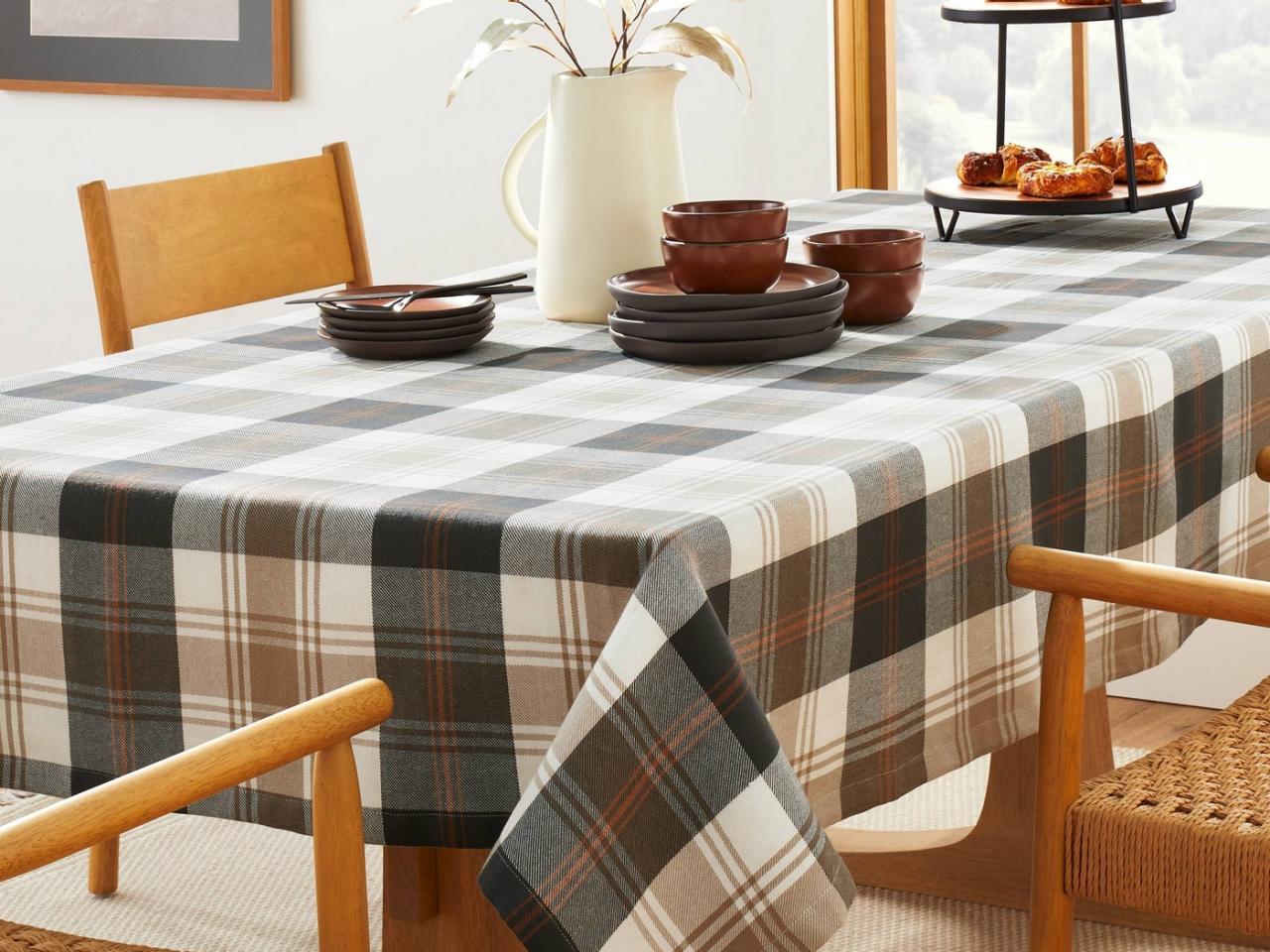

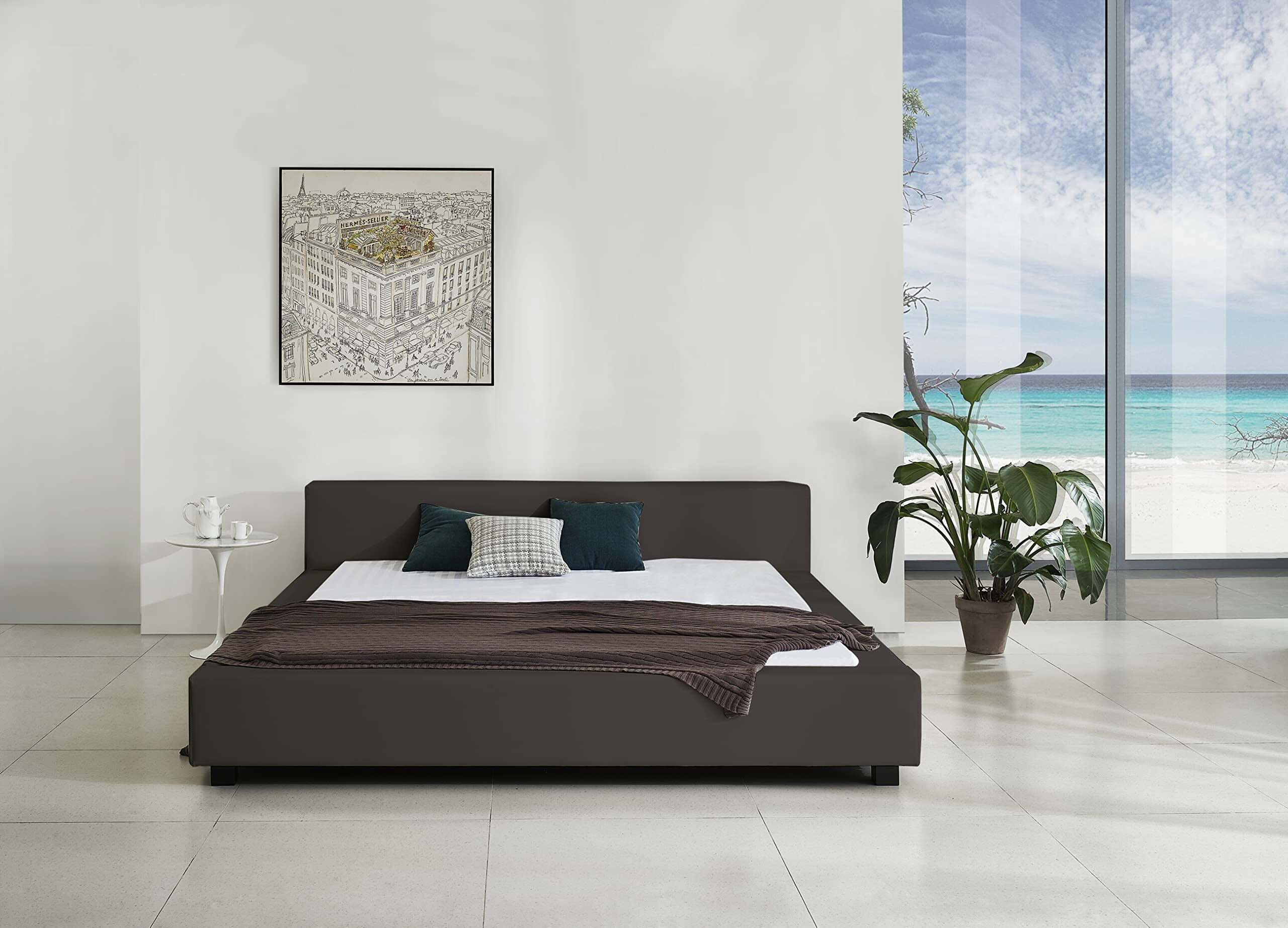

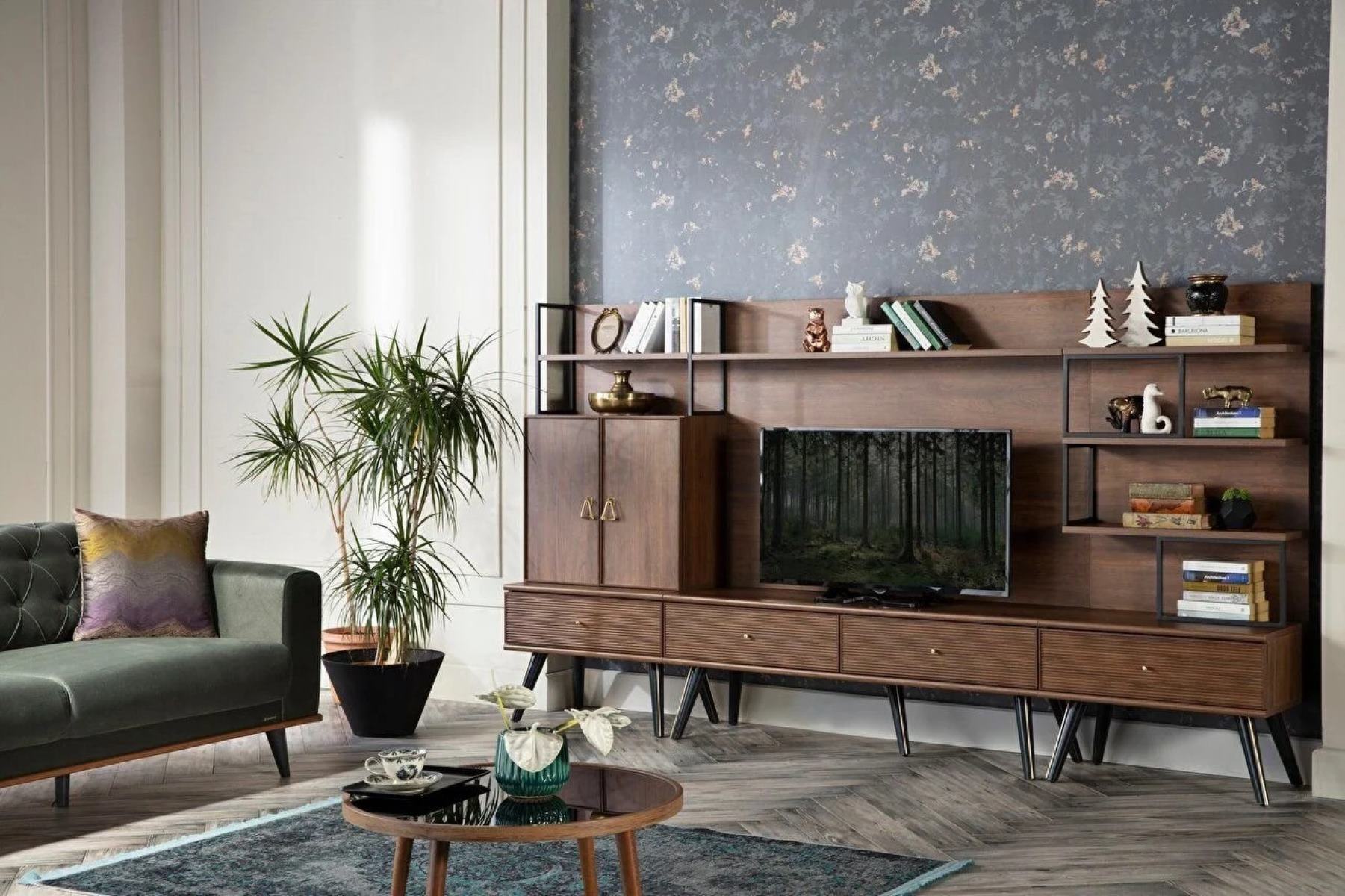


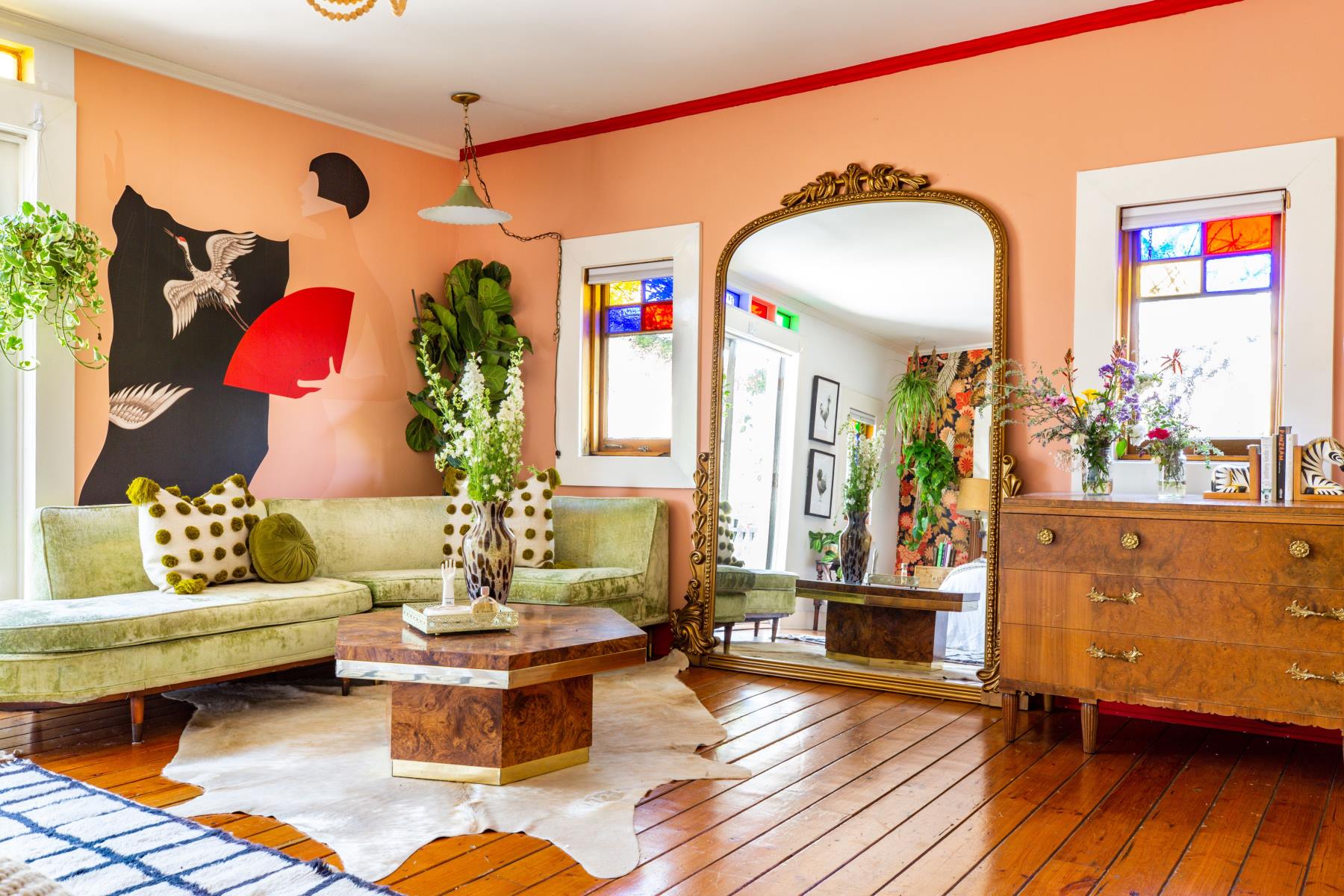
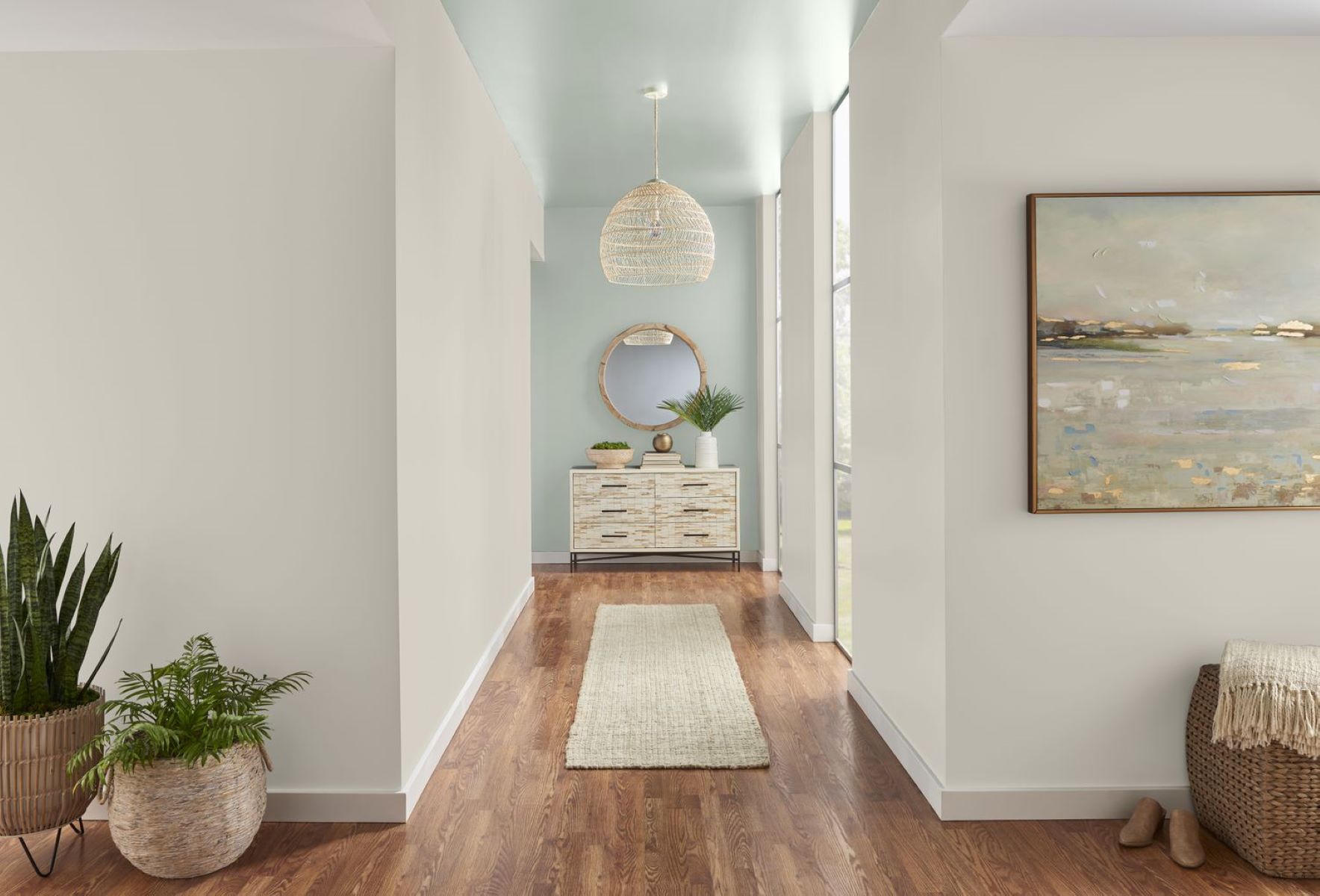
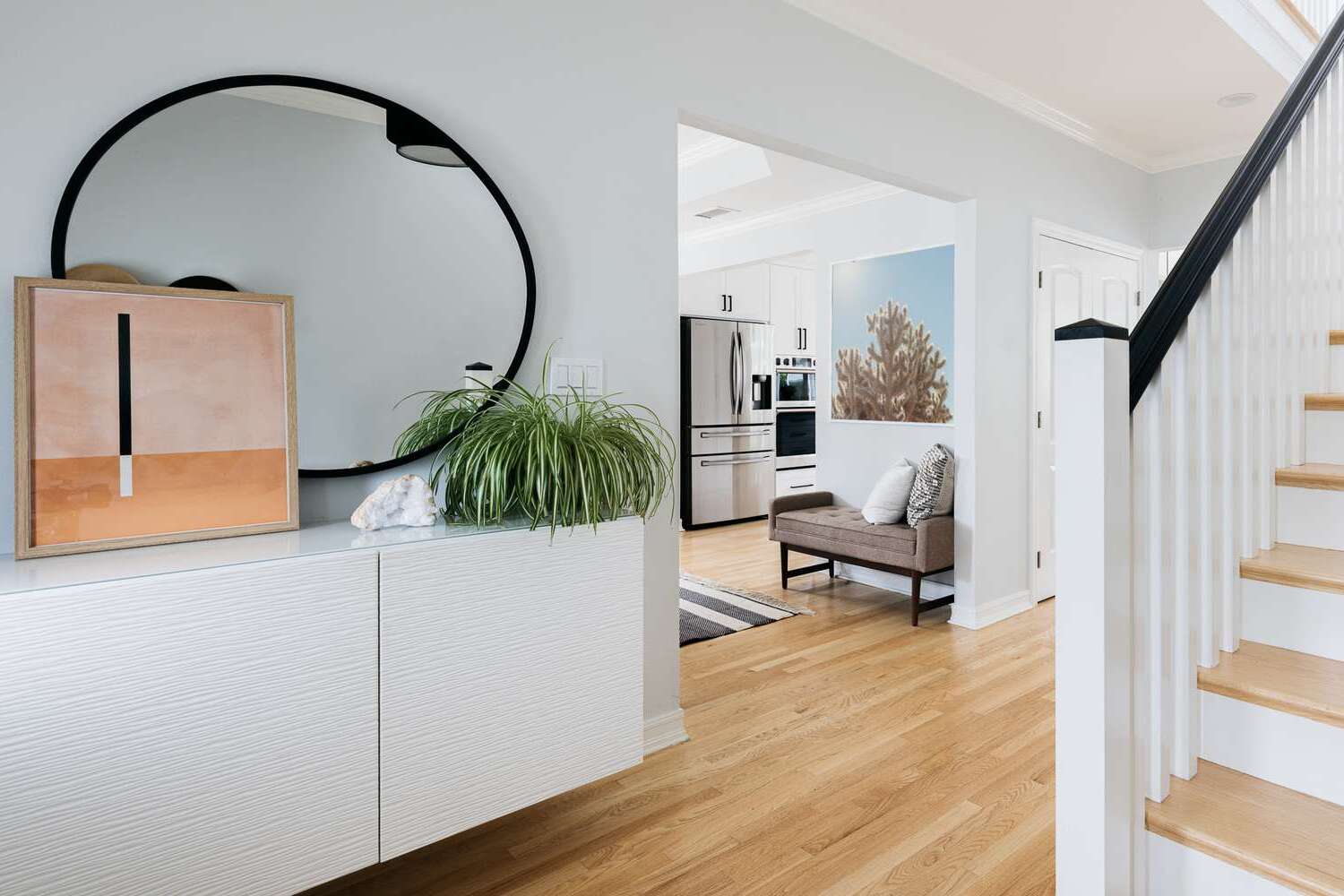
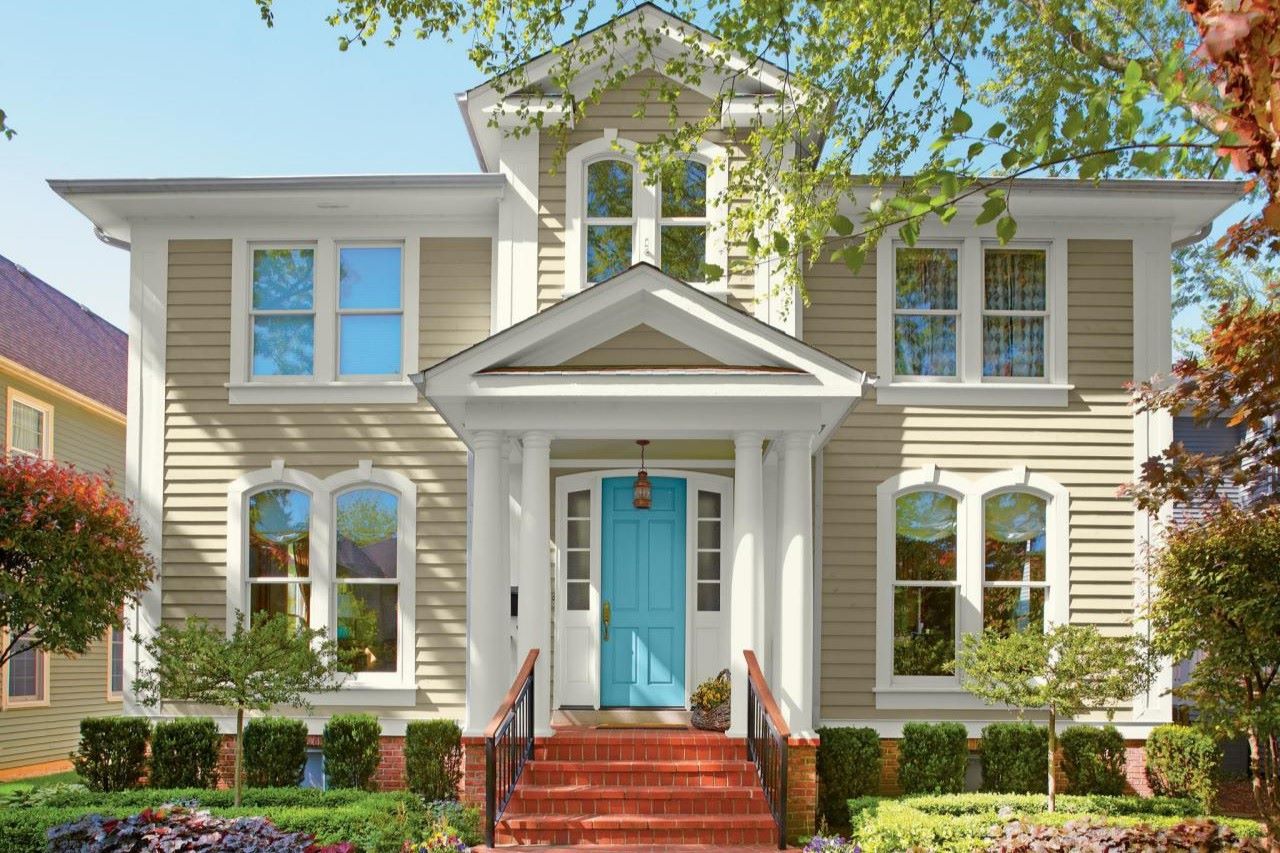
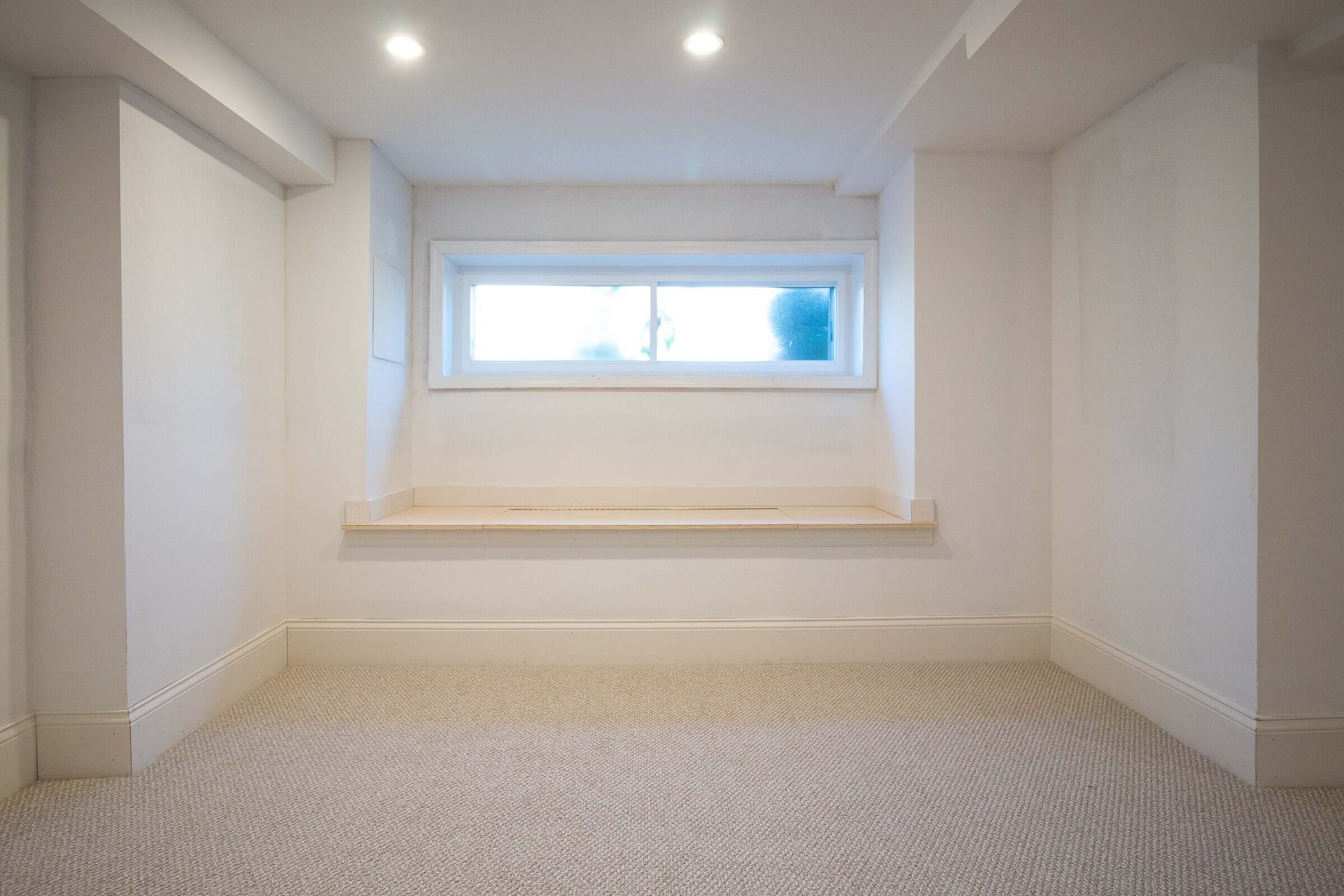


0 thoughts on “How To Choose The Colors For My House”